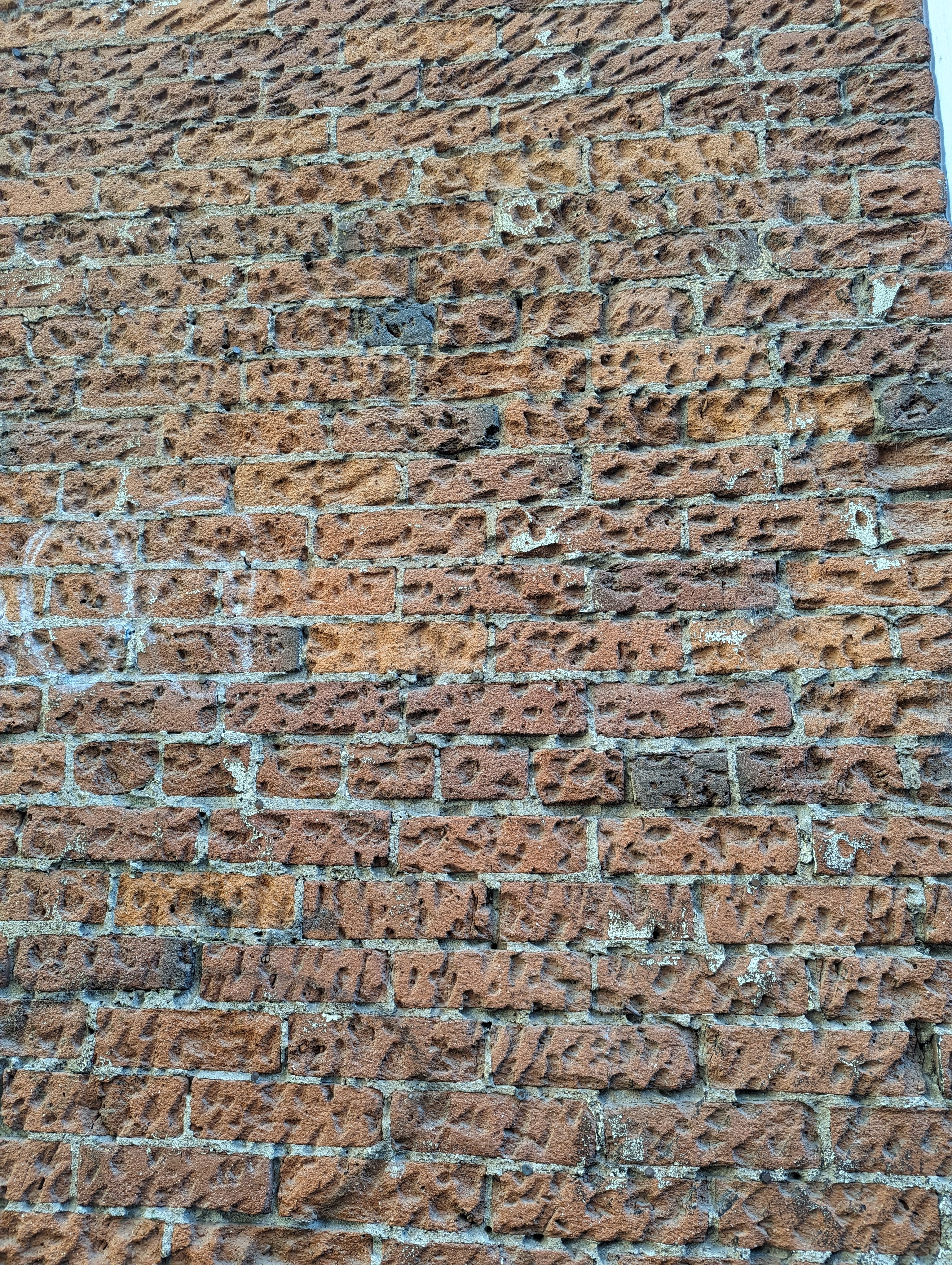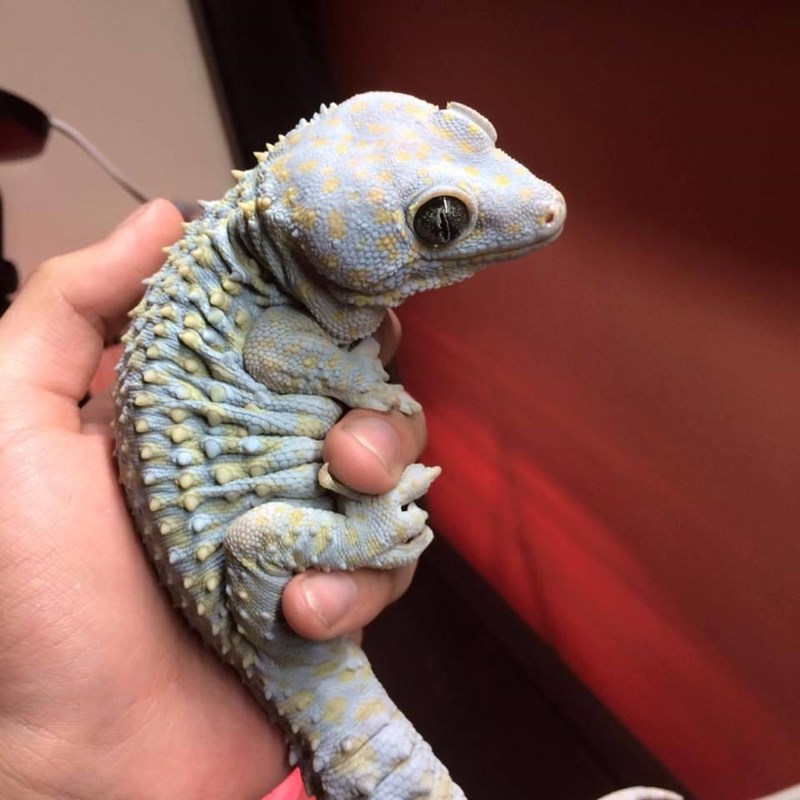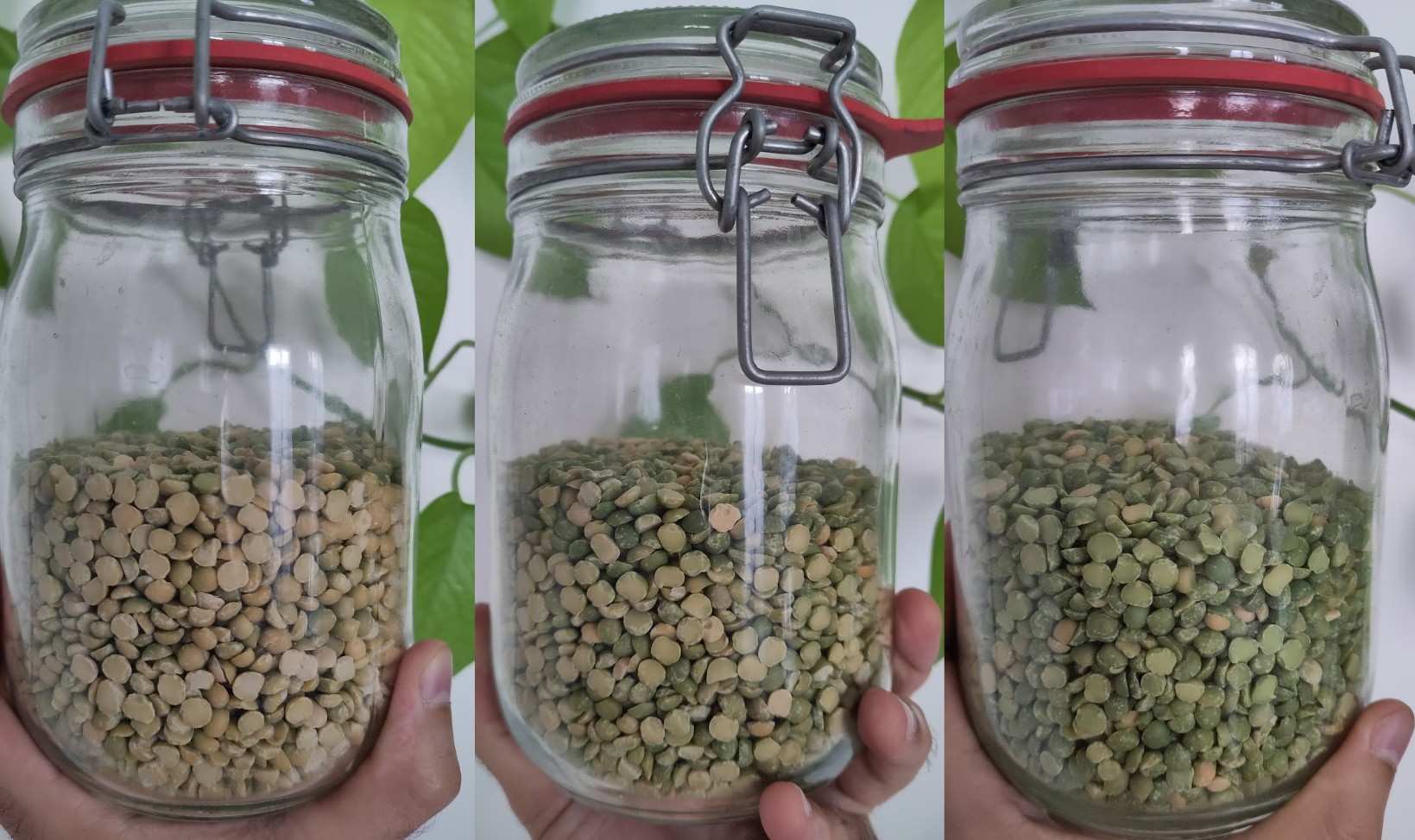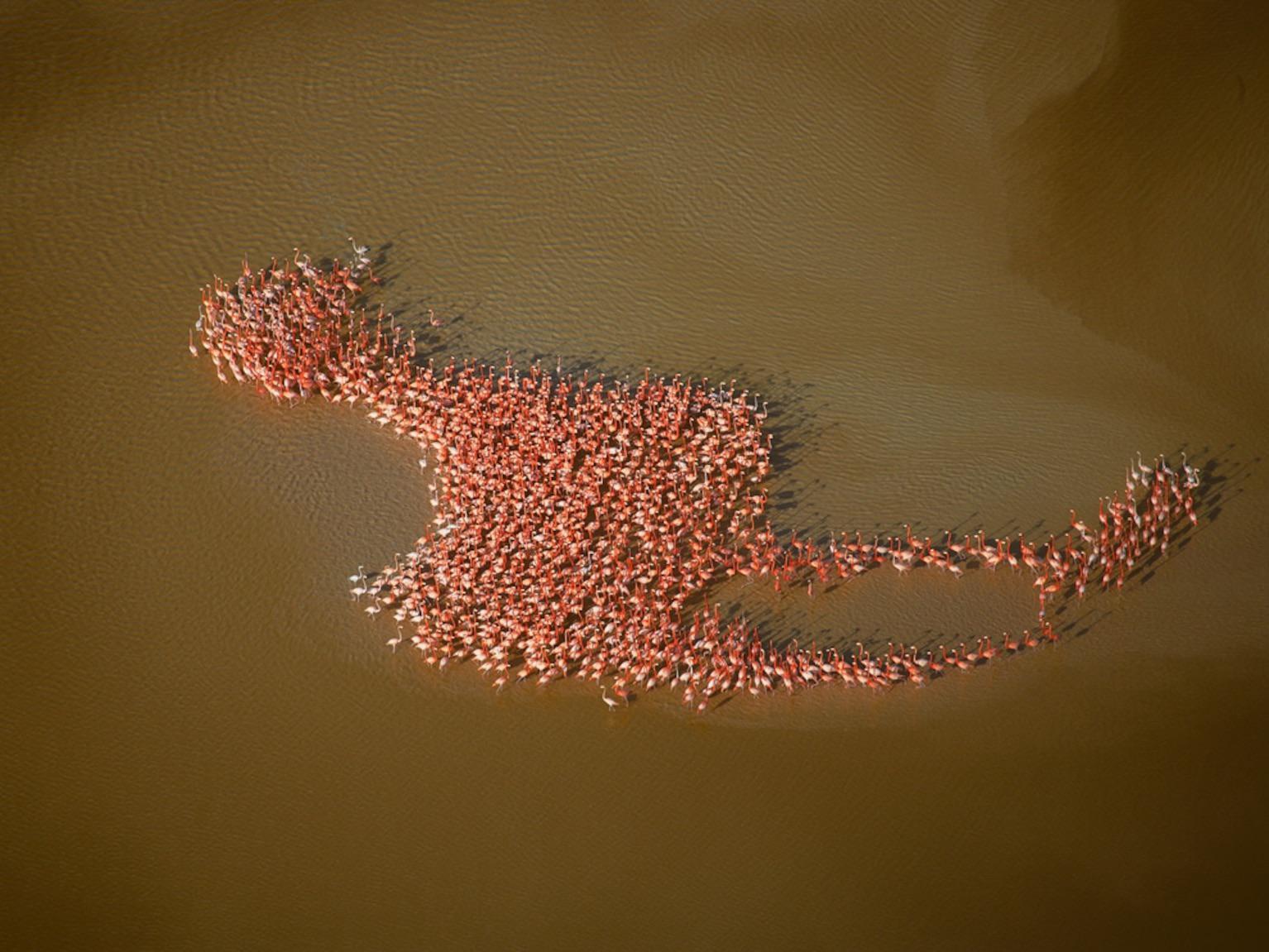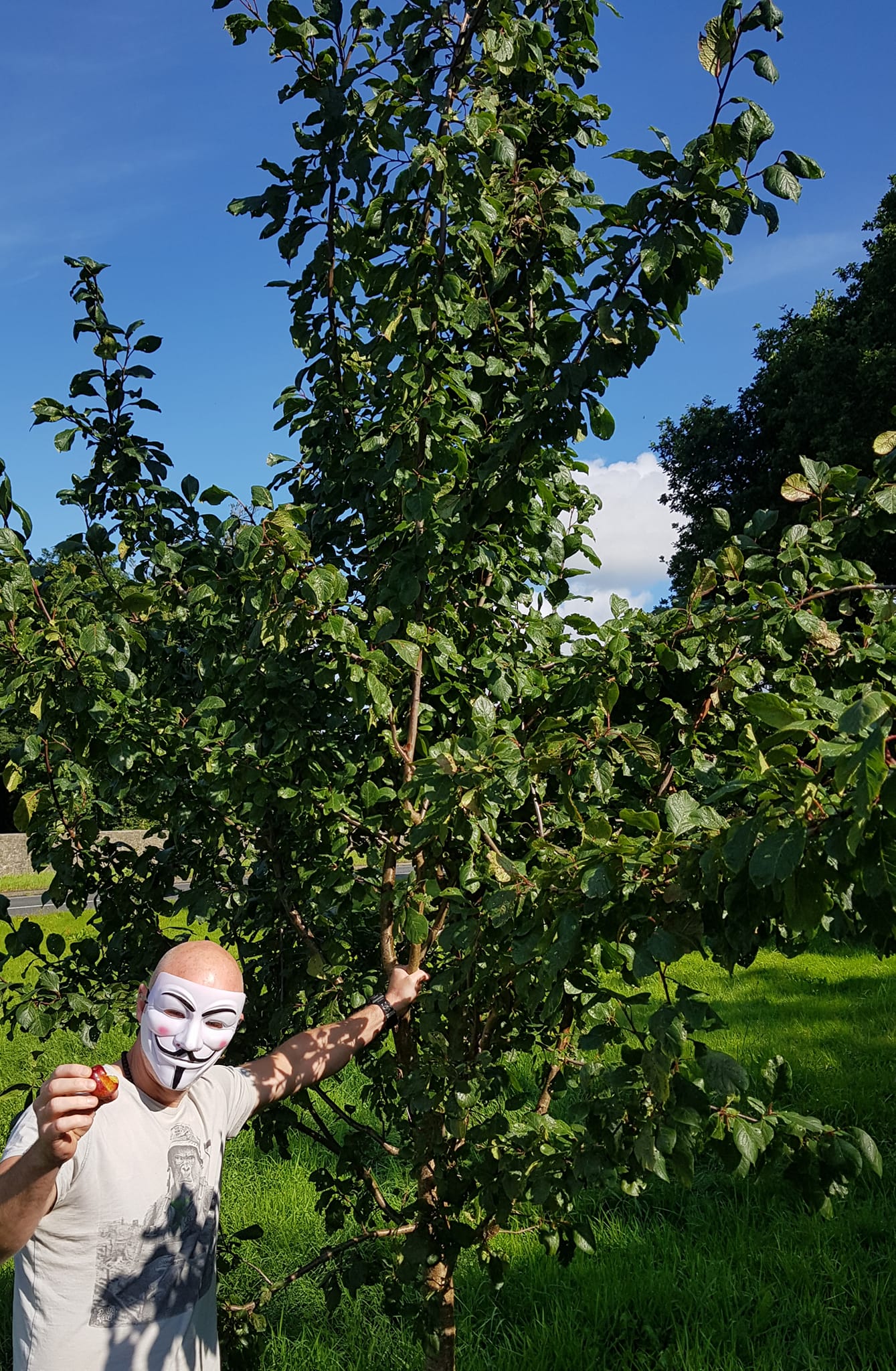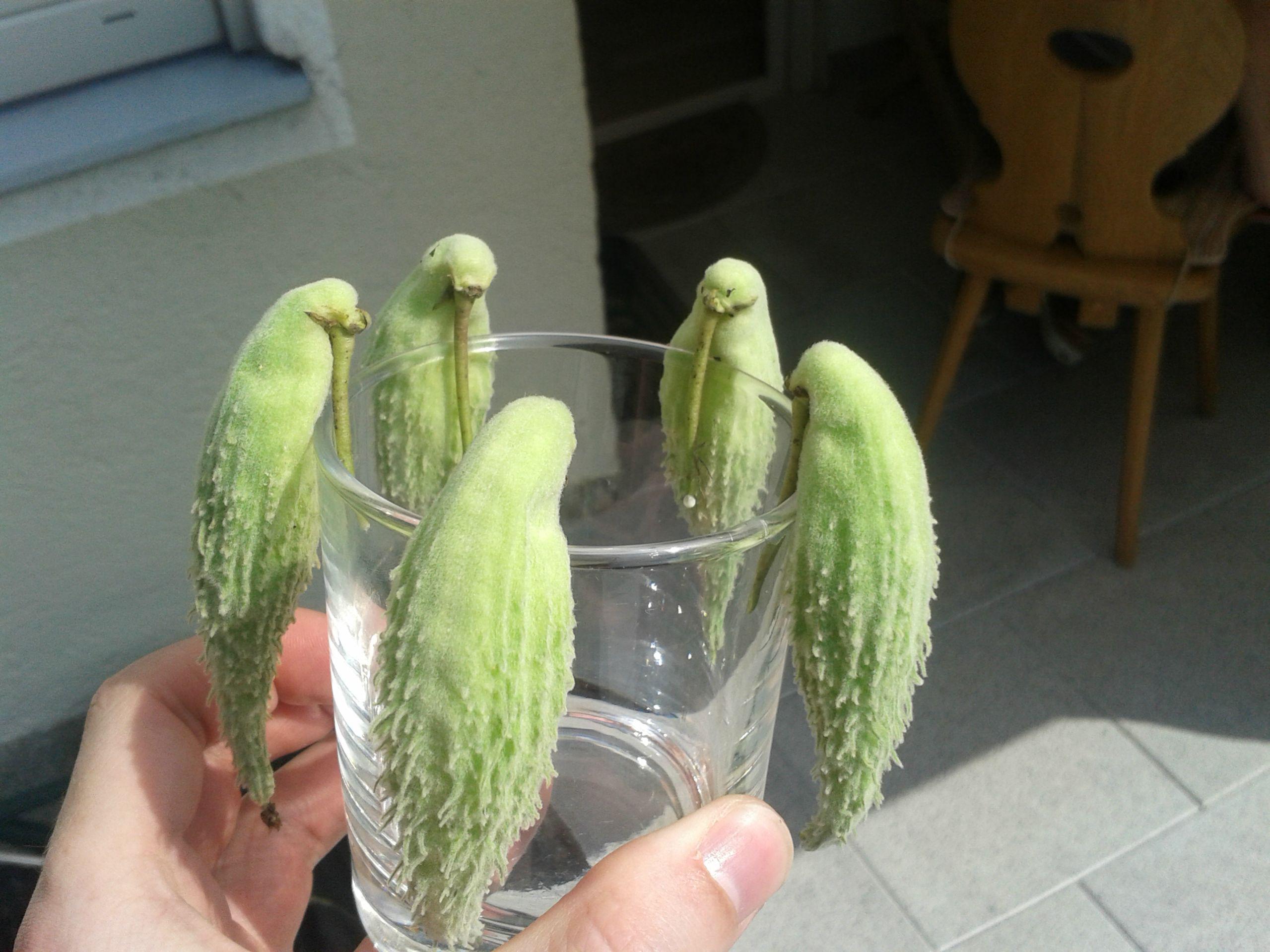Q: I’ve noticed stuff inside my bellybutton from time to time. What is it, and how often should I be cleaning it out?
A: There’s been a remarkable amount of science devoted to the seemingly unimportant topic of what lurks in our bellybuttons.
One intrepid scientist analyzed his own navel fluff: Georg Steinhauser — of the Vienna University of Technology in Austria — collected 503 pieces of bellybutton junk over three years. Upon elemental analysis, he found that bellybutton lint contains house dust, skin cells and sweat in addition to the fibers of shirts.
After additional (and no doubt scintillating) investigations of his friends, family and colleagues, he concluded that abdominal hair was a prerequisite for accumulating navel lint and that old T-shirts or dress shirts were less likely to produce fluff than new clothing.
The scientist even shaved his own belly for the purposes of confirming his abdominal hair hypothesis.
Steinhauser speculated that people who collect navel lint may have more hygienic bellybuttons than those who don’t because all the extra junk is swept up by lint instead of sticking to the skin. But, as for the cleaning part of the question: It’s recommended to clean your bellybutton just as you would any other part of your skin.
What’s in the fluff?
Besides abdominal hair and new clothing, there are a few other factors that shape why and how we accumulate junk in our bellybuttons.
Karl Kruszelnicki of the University of Sydney in Australia surveyed 4,799 people and observed that being male, having an “innie” rather than “outie” and older age were all associated with accumulating more lint. His work was among the winners of the 2002 Ig Nobel Prize, which is awarded to humorous scientific achievements.
And as further proof that true selfless pursuit of knowledge knows no bounds, in 2018, a mechanical engineer from the Indian Institute of Technology Patna decided he was going to ask the real tough questions: What are the physics behind bellybutton lint production, and can it be mathematically modeled?
He determined that microscopically, body hair acts like a saw-tooth to extricate lint fibers from fabric during the periodic motion of our respiratory cycle — inhaling and exhaling — wherein our shirts rub constantly against our abdomens. Because the hair in that area tends to stoop toward the depression of the navel, the lint fibers hooked onto them travel deep into the bellybutton, eventually losing contact with the fabric.
As the influx of lint continues, it intermingles with sweat and skin cells, and the result is a nice, compact mass of fluff that accumulates with mathematical precision. It begins linearly, then grows quadratically with time, if you must know.
The other stuff
Maybe you don’t collect lint in your bellybutton, but you do find dirt from time to time. That’s also normal, especially with “innies” for whom the bellybutton, after all, is a small crevice with multiple tiny skin folds perfect for trapping oils and sweat. Infections are rare, but if you notice pain or discharge from the area, talk to your doctor.
Several studies have examined the microorganisms present both within the bellybutton and in umbilical dirt, which is mostly just dead skin cells. The most common genus in umbilical dirt is Corynebacterium, a generally harmless microbe that’s abundant in other moister areas of the body such as inside the nose and armpits.
What I want my patients to know
The self-cleansing rituals that each of us considers most “hygienic” differs. From a medical perspective, we can all agree on certain practices like washing away any visible dirt or grime or hand-washing while preparing food or after using the toilet. Showering or bathing frequency is more subjective, however. When in doubt, check with your doctor.
Meet the doctor: Trisha S. Pasricha is a physician at Massachusetts General Hospital, an instructor in medicine at Harvard Medical School and a medical journalist.



